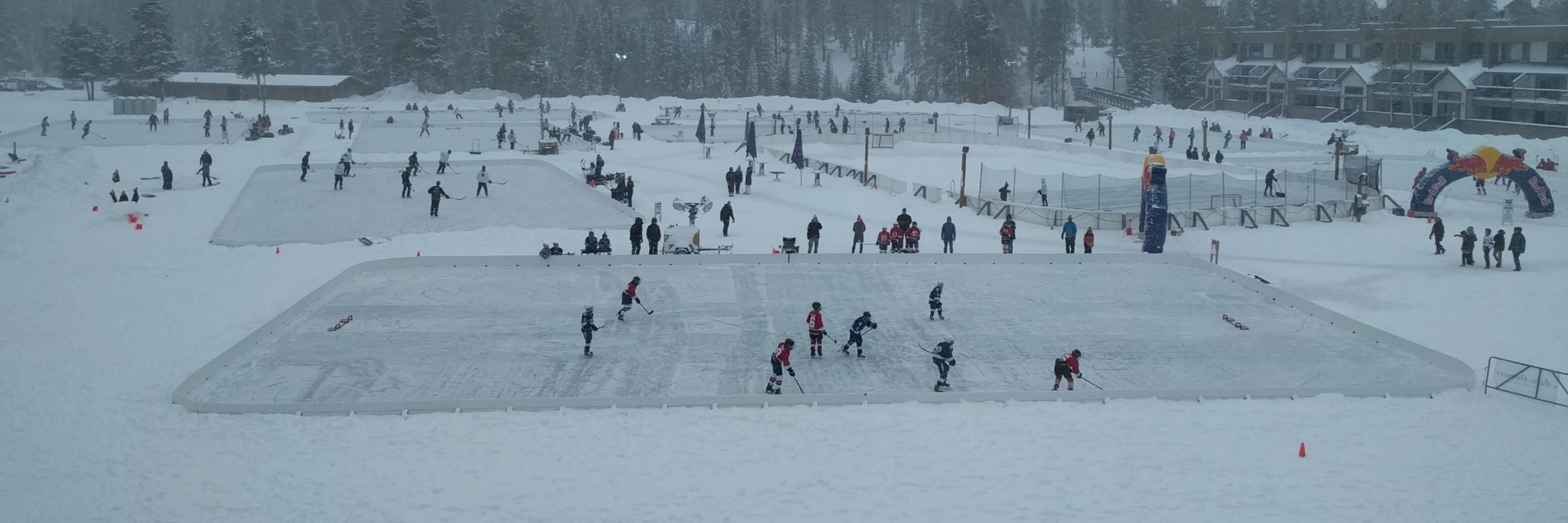
DenisPBlondin
@denispblondin.bsky.social
600 followers
470 following
21 posts
Papa | Associate.Professor @USherbrooke 🇨🇦 | Researcher @_CRCHUS | Integrative Physiologist | Energy Metabolism in #Diabetes #Obesity
Posts
Media
Videos
Starter Packs
Pinned
DenisPBlondin
@denispblondin.bsky.social
· Jul 16
DenisPBlondin
@denispblondin.bsky.social
· Jul 16
DenisPBlondin
@denispblondin.bsky.social
· Jul 16
DenisPBlondin
@denispblondin.bsky.social
· Jul 16

Thermogenic responses to different clamped skin temperatures in cold-exposed men and women - PubMed
Despite many decades of research examining thermoregulatory responses under varying cold stresses in humans, very little is known about the variability in metabolic heat production and shivering activ...
pubmed.ncbi.nlm.nih.gov
DenisPBlondin
@denispblondin.bsky.social
· Jun 10
Excited to share our timely and comprehensive review published in Physiological Reviews, bringing together insights from multiple leading labs in metabolism: Marc Prentki and Murthy Madiraju, Shingo Kajimura, @denispblondin.bsky.social, and Christopher Nolan.
journals.physiology.org/doi/abs/10.1...
journals.physiology.org/doi/abs/10.1...

Glycerolipid Cycling in Thermogenesis, Energy Homeostasis and Signaling | Physiological Reviews | American Physiological Society
Mammals maintain body heat by adaptive energy expenditure through different organ specific mechanisms. The glycerolipid/free fatty acid cycle (glycerolipid cycle), encompassing triglyceride lipolysis ...
journals.physiology.org
Reposted by DenisPBlondin
DenisPBlondin
@denispblondin.bsky.social
· Feb 27
Shivering, but not adipose tissue thermogenesis, increases as a function of mean skin temperature in cold-exposed men and women https://www.biorxiv.org/content/10.1101/2025.02.24.639578v1
Reposted by DenisPBlondin











![14 Participants were exposed to a cold stimulus eliciting a mean skin temperature of 30 or 26°C. They underwent PET imaging with [11C]-acetate and FDG to examine organ-specific metabolism in response to the cold.](https://cdn.bsky.app/img/feed_thumbnail/plain/did:plc:cbz2ifnjiyyxol5exbt2lq4w/bafkreicrorv4fbeevcx3tqtzxff6r6o7sxxjrox6xcxsufamknm5qwwvnq@jpeg)


